May is Ichthyosis Awareness Month – aimed at educating people about the rare severe skin condition Ichthyosis. I am sharing different stories from people affected by Ichthyosis on my blog through the month – you can read them here. But this is my story.
- Ichthyosis (ick thee oh sis) is a group of genetic skin conditions ranging from mild to severe. It affects approximately 10-20 people per million. There are more than 24 types of ichthyosis, with different symptoms, appearances and treatments. I have Netherton’s Syndrome – and its symptoms are very dry, scaly, and inflamed skin, sparse, brittle hair and a failure to thrive. I’ve had this since birth. People with ichthyosis have a rapid turnover of skin. A person with ‘normal’ skin loses a body’s worth of skin around every 28 days. Ichthyosis patients lose 14-28 days’ worth of skin in one day! This rapid turnover uses a lot of energy, so it can be hard for people with ichthyosis to gain and maintain weight, and we require a lot of nutrients. It also affects our temperature regulation. Many people overheat (I do in the summer) but I feel the cold much more than anyone I know. I often wear a hat in cold weather – especially after I’ve combed my scalp – because I feel the cold so much through my scalp.
- It is medically challenging – I feel itchy all day, and some level of pain somewhere on my body most days. When it is really sore, I find it hard to stand and walk, and sometimes go to hospital to have IV antibiotics and wet dressings – bandaged up like a mummy. This doesn’t happen too often, fortunately. People with ichthyosis are susceptible to infection and if we get a severe staph infection on our skin, there’s a risk that it can enter our blood stream. Ichthyosis also affects my eyes (they well with tears a lot as they are dry, and my lower eyelids are taut so do not hold in the tears), my ears (they get blocked with skin) and I get allergies (not to food but to pollen and smoke).
- It’s also socially challenging. People often want to know why I look the way I do and ask questions, stare and comment a lot. Many people are polite, but some are very rude. I find the constant questions intrusive because it’s often the first point of the conversation. I don’t think it’s my job to educate on every encounter because it’s tiring. But I gauge the tone of the question and comment and respond accordingly. I usually say I was born like this, but sometimes I will be assertive if they are rude. I encourage others with ichthyosis not to answer every question every time.
- I haven’t always been comfortable with having ichthyosis. When I was at school, I just wanted to change my appearance to fit in. Now I use it to my advantage, writing and speaking about the condition. The turning point was realising and embracing that I have a chronic illness/disability, connecting with others with various illnesses and disabilities including ichthyosis, and knowing that it’s okay to be proud of myself and my difference.
- I’ve found my place in the disability community – I belong to a performance group and write a lot about disability issues. I guess I have become an authority on some aspects of disability. In 2013 I was discriminated against by a taxi driver – he thought my skin and cream would ruin his taxi – and I blogged about it then then made three formal complaints. As a result, a video has been made for taxi drivers, educating them about the diversity of disabilities, and their legal obligations. Since then people in the media and various organisations have asked my opinions on disability discrimination, access and inclusion. Despite my friends and I having different disabilities, our experiences of discrimination, isolation and dealing with comments, stares and low expectations are very similar.
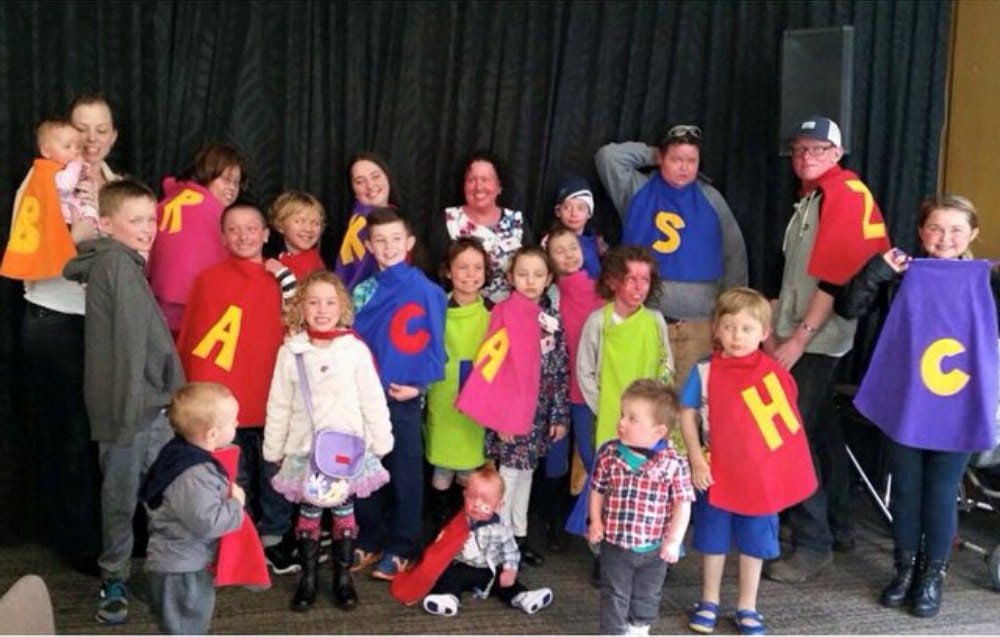
- I’ve been blogging about life with ichthyosis since 2009. I was always quite apprehensive to put my photos online because of how they might be mocked. The day I first blogged about it, I had the most incredible response and so I continued. I wasn’t frightened. People write to me almost every day to tell me they feel less alone due to me sharing my experiences, and that I’ve given hope for them or their child. My photo did get misused – twice. Once on a yucky internet forum and the other time on Reddit. I woke up to 3000 hits on my blog and saw that strangers were ridiculing my appearance. Overnight, strangers were making fun of my appearance while I was lying in my lover’s arms. I can’t even fathom. I responded and then I went viral – featured on local and international news outlets because I had turned their response around. 18 months later, my Reddit experience still makes news. In the past month my Reddit story has featured on Italian, Danish, English, American and Irish news sites! I smashed my greatest fear on the internet.
- It can be hard to find love when you look different, because there is a beauty ideal. People are afraid of difference and don’t want to give someone a go if they don’t look ‘normal’. I longed for a boyfriend. When I was in my 20s I did a lot of internet dating and while I got a few dates, guys would think I’ve lied to them if I didn’t mention my skin before we met, or tell me they didn’t expect me to be this red if I did tell them up front. I did go out with guys that treated me awfully, but I couldn’t see that because I just wanted to feel accepted and have a taste of love.
- When I turned 30, life got SO busy with writing, speaking, community TV work and friendships, and I felt a high sense of confidence and self love. I was too busy for a boyfriend. I was still signed up to a few dating sites but was not actively looking. Adam messaged me in October 2013. I was apprehensive because he admitted he was apprehensive about my skin – and I wrote a blog post about how I didn’t want to be loved out of pity. Adam read the post and still wanted to meet me! We went on some underwhelming dates – he was so shy I didn’t think he was interested, and then I told him I don’t think it would work out. The next morning, I texted him wishing him well, and he asked me to give him another chance! I did – and we’ve been together ever since. I am so glad I gave him a chance. I think that it’s easy to let people’s reactions to our appearance stop us from seeing the person they are, and I shouldn’t have expected him to know and be comfortable about my skin straight away. He is the most loving, caring, accommodating man I could ever wish for. He says he likes finding my skin in his pockets because he can carry pieces of me wherever he goes. We are getting married early next year. I am the luckiest and love him so much. However, while finding love has been important to me, it wasn’t my priority when I came to love myself. It’s not that I don’t believe finding love is the holy grail – I just think it’s so important to have self love first.
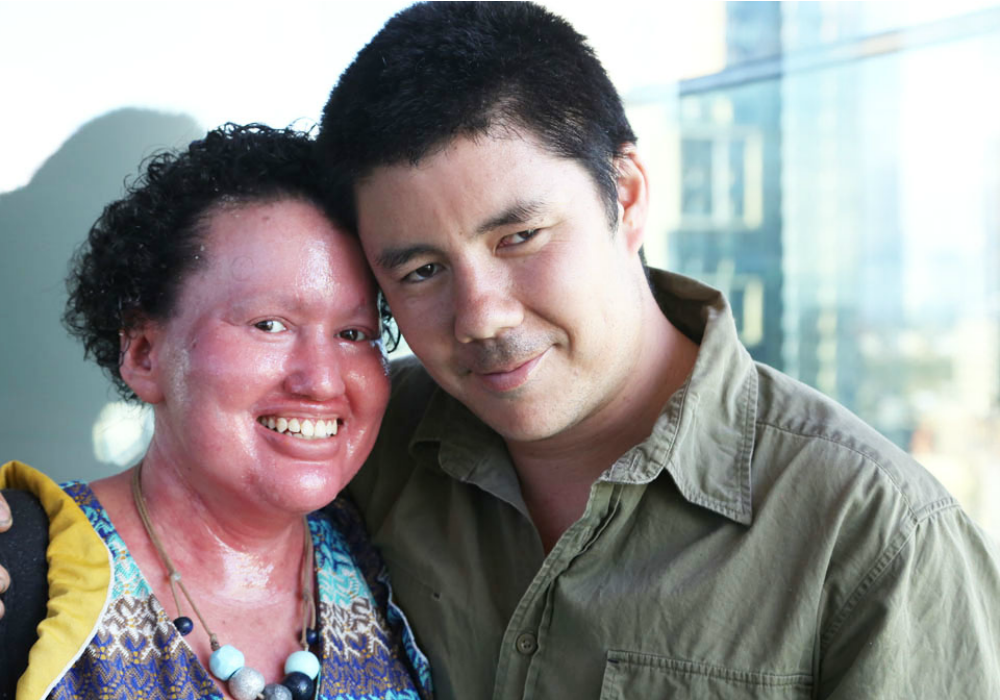
- Now I educate doctors. I occasionally lecture at university and speak to doctors about the social aspect of skin conditions. Recently I interviewed a panel of medical heads in front of an audience of 80 – the power dynamic had shifted. As I joked, they usually see me in a consult room where I wear very few clothes and now I am facilitating a conversation with them! They often pass my blog on to new parents, because they see the importance of sharing first hand experiences rather than just information from a text book. The doctor who diagnosed me with ichthyosis when I was a baby had very poor bedside manner. He did not expect me to live long and blamed my parents for me not getting ‘better’. I saw him recently and I told him about my biggest successes – winning awards, changing attitudes, getting engaged and educating doctors. It felt great! It is so important for doctors to understand the human aspect of disability.
- I organised the first Australian Ichthyosis Meet – held on 9 May. I had not met anyone with the condition until I was 25. Since blogging I’ve met people with the condition all over the world, and wanted to bring Australian patients and families together. I held it at the zoo and around 70 people attended. 22 of those were affected with the condition. It was the most wonderful experience – everyone felt comfortable to share their experiences, and strong friendships were formed. To see the smiles on the faces of people who have never felt accepted by others was amazing. I am so proud. From the meet, we will work to create a supportive and thriving Australian Ichthyosis community. I can’t wait (but I need a rest first!).
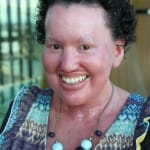 Carly Findlay is a blogger, writer, speaker and appearance activist. She challenges people’s thinking about what it’s like to have a visibly different appearance. She blogs at Carlyfindlay.blogspot.com. She’s written for many publications including The Guardian, Daily Life, The ABC, Mamamia, Frankie magazine and BlogHer. She’s used her blog to write about her skin condition, Ichthyosis, as well as promoted causes such as Love Your Sister and Donate Life. Most recently, Carly was named as one of Australia’s most influential women in the Australian Financial Review and Westpac 100 Women of Influence Awards for 2014. Carly received the 2010 and 2013 Yooralla Media Awards for Best Online Commentary for her body of disability focused writing. She also won the best personal blog category for Kidspot Voices of 2013, and the 2013 BUPA Health Activist award for Positive Life Change. She’s also been a finalist in the Best Australian Blogs competition in 2011, 2012 and 2014.
Carly Findlay is a blogger, writer, speaker and appearance activist. She challenges people’s thinking about what it’s like to have a visibly different appearance. She blogs at Carlyfindlay.blogspot.com. She’s written for many publications including The Guardian, Daily Life, The ABC, Mamamia, Frankie magazine and BlogHer. She’s used her blog to write about her skin condition, Ichthyosis, as well as promoted causes such as Love Your Sister and Donate Life. Most recently, Carly was named as one of Australia’s most influential women in the Australian Financial Review and Westpac 100 Women of Influence Awards for 2014. Carly received the 2010 and 2013 Yooralla Media Awards for Best Online Commentary for her body of disability focused writing. She also won the best personal blog category for Kidspot Voices of 2013, and the 2013 BUPA Health Activist award for Positive Life Change. She’s also been a finalist in the Best Australian Blogs competition in 2011, 2012 and 2014.








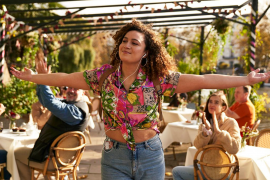
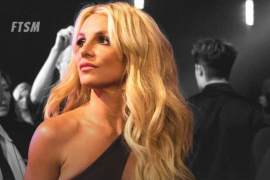
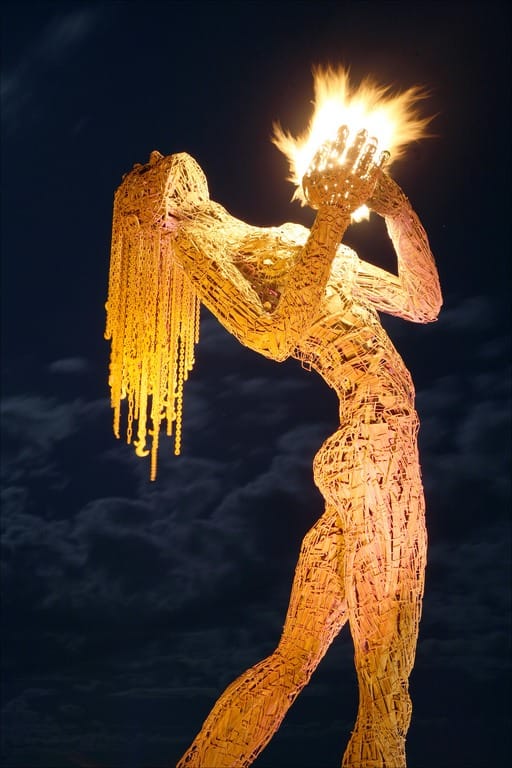
Carly you’re so amazing and inspiring. Thanks girls for featuring her. Zoe xx
It was our great pleasure, Zoe! Carly is a powerhouse. xx
I just love Carly’s enthusiasm and zest for life. She is beautiful and inspirational. Love seeing her featured here. 🙂 Xx